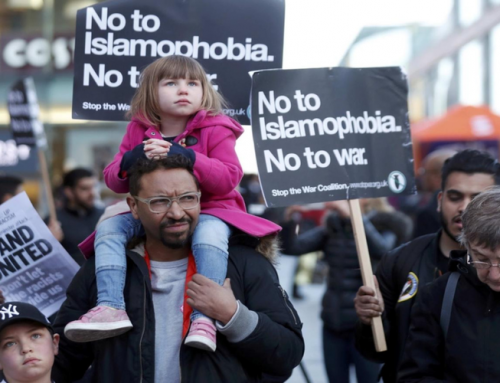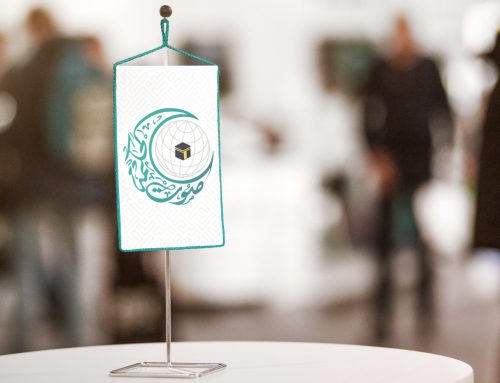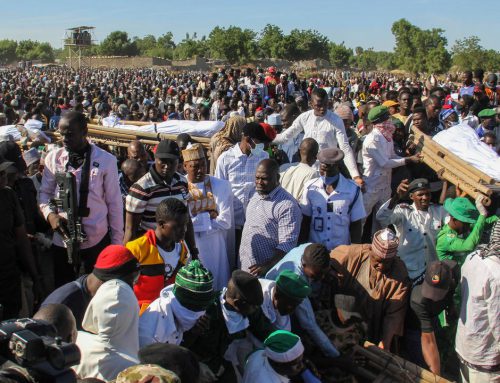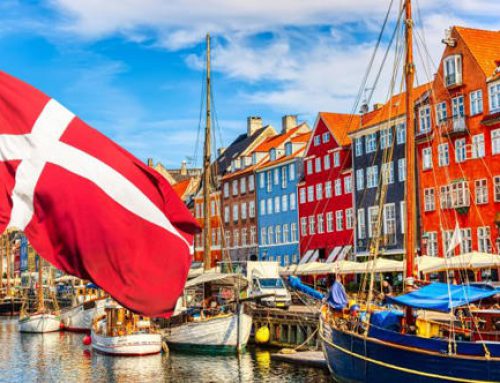With the increase of radicalism and terrorist attacks in the recent years, and with the news of slaughter, bombing and murder becoming a daily routine watched on TV news channels, an increasing number of people ask the following question: How do these people emerge? How do they exist among us?
Of course, the answer means summarizing a long historical period starting from the emergence of political Islam, and the ideologization to which the Muslim world was subjected to throughout the last 40 years, which accelerated and became easily accessible and more flexible following the society’s engagement with social media which could deliver ideas, and cultures in a few days compared to taking long time (generations) in the past.
In a study conducted by the a leading terrorism think-tank, the International Centre for the Study of Radicalism and Political Violence at King’s College in The United Kingdom, funded by the Canadian government, titled, “Green Birds: Measuring the Importance and Impact of Foreign Fighters Networks in Syria,” which addressed attempting to un-code how terrorist organizations succeed at recruiting new recruits in its ranks and how they successfully convince Muslim youths in Europe and America in particular to adopt its agendas, by following what is published on the social media accounts of 190 foreign fighters in Iraq and Syria. After this, the characteristics of these fighters were identified, by exploring public information of what they like on Facebook or what they follow on Twitter. Thus, analysing these pages and tweets they send and re-tweets they make.
The team of researchers, a year later, was able to follow the beliefs of this sector. The statistics have revealed that 61.4% of them belong to ISIS, and 17.5 belong to Al-Nusra, and 19.3% belong to unidentified groups, and the study concluded:
The study revealed that most radicals who joined these groups didn’t receive their spiritual and intellectual instructions through official communication channels of these groups such as websites and official accounts on social media outlets but rather they received it from what the study describes as Disseminators, and they are a group of disengaged preachers in these radical groups, yet they greatly sympathized with what these groups proposed. They had a great margin of freedom to spread their ideas through the platforms from which they preached, unlike the officially engaged fighters with radical groups, who didn’t enjoy the same level of freedom.
The study concluded that most of the studied sample greatly respected and followed the preaches of the so called Ahmed Mousa Jibreel, an American of a Palestinian origin, who (during conducting this study) was followed by some 23,000 followers on Twitter, and 211,000 followers on Facebook. The report revealed that Jibreel was the most popular among foreign Jehadists included in the study. To explain more, 21% of them followed him on Facebook and 60% of them followed him on Twitter, and 78% of those who followed him on Facebook and 86% of those who followed him on Twitter were either ISIS or Al-Nusra supporters. It is worth mentioning that this man was convicted of deception and money laundry at American courts, and he was imprisoned because of this.
 The second most popular preacher was the Australian Mousa Cerantonio who was followed by more than 11,000 people on Facebook, and both of them didn’t promote violence directly, but rather they supported fighting groups in Syria passionately, by using their strong linguistic abilities and their emotional manner to influence a sector of youths. The following table explains the level of using the quotes of these two people among the studied sample:
The second most popular preacher was the Australian Mousa Cerantonio who was followed by more than 11,000 people on Facebook, and both of them didn’t promote violence directly, but rather they supported fighting groups in Syria passionately, by using their strong linguistic abilities and their emotional manner to influence a sector of youths. The following table explains the level of using the quotes of these two people among the studied sample:
Social media outlets and their use by these radicals’ groups was considered the most important method to promote their intellectual agendas. The minute-by-minute documentation of events and carried out operations played a role in directing attention to the circulated media materials, and later using it to recruit more people, which was different than the case of Al-Qaeda in the past, which didn’t have what ISIS had now of media access which is available for all.
The study concluded that the number of Facebook pages, which were surfed by the studied sample and got the most popular hits hit 2235 pages, 82.6% of them were liked by at least one person in the group. The following timetable explains the most important Facebook pages circulated by the study sample and the level of circulation:

The study highlighted 32 radical Twitter accounts and followed the level of popularity of these accounts and this led to a huge number of users numbered 18223 users. The study proved that a social media account out of 11 most circulated was the account of Al-Nusra Front. The rest were unengaged members of what so called disseminators. The study revealed the users who had intellectual or organizational connections with the radicals through 1969 links circulated by these accounts.
.png) This data revealed that 73.93% of accounts were followed by a foreign fighter. While 1.91% of personal accounts were followed by ten individuals or more. The following table illustrates the 11 most important accounts on Twitter admired by the members of the study sample, and the extent of their popularity:
This data revealed that 73.93% of accounts were followed by a foreign fighter. While 1.91% of personal accounts were followed by ten individuals or more. The following table illustrates the 11 most important accounts on Twitter admired by the members of the study sample, and the extent of their popularity:
The summary of this study illustrates the challenge to control the spread of this phenomenon with the presence of social media, which provides a platform to exchange information and ideas. It becomes clear how these radicals emerge. It is enough to have a Twitter account of an outspoken person regardless of his level or academic history to convince thousands of misguided young Muslims, which puts the efforts to combat extremism in the Muslim World at stake, considering reference and rebuilding of reference.
*Dr.Tarik Ladjal is Professor of History at Effat University in Jeddah, Saudi Arabia





